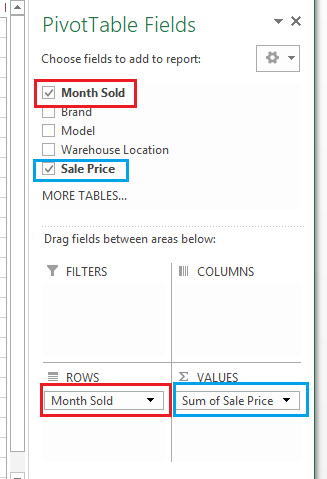
(I ran a report for gucci handbags and chose Google US for my report.) Then it scrapes the following metrics and delivers them sometime the next day to your Inbox. The way the report works is you enter a keyword you’re trying to target, and it does a search on the search engine of your choice.

Better yet, it’s delivered to my inbox the next day, so I can just set it and forget it. Why? Because I used to spend hours collecting this data manually, and now I can get it in a few clicks. I’ll start with the Keyword Difficulty Report because it’s one of my faves from SEOmoz’s host of reports. ( Disclaimer: I have no affiliation with either site, and you need to be a subscriber to use both of these tools.) What I’ll be using for my “big data” is a Keyword Difficulty Report from SEOmoz and a rank report from Raven. And trust me … They look scary at first, but they’re so easy to use once you learn the underpinning logic that powers them. Pivot tables are like the Swiss army knife of data analysis in Excel. When you’re trying to find correlations and causal relationships, anything short of a pivot table is going to fall short. However, when we’re investigating things like the competitive landscape for a particular keyword we want to target, we’re definitely working with bigger data sets than your everyday, garden-variety spreadsheet.


Most of us in Internet marketing aren’t truly working with big data, in the truest sense of the word. If you search Google News for the term, there are 53,500 thousand results.


 0 kommentar(er)
0 kommentar(er)
